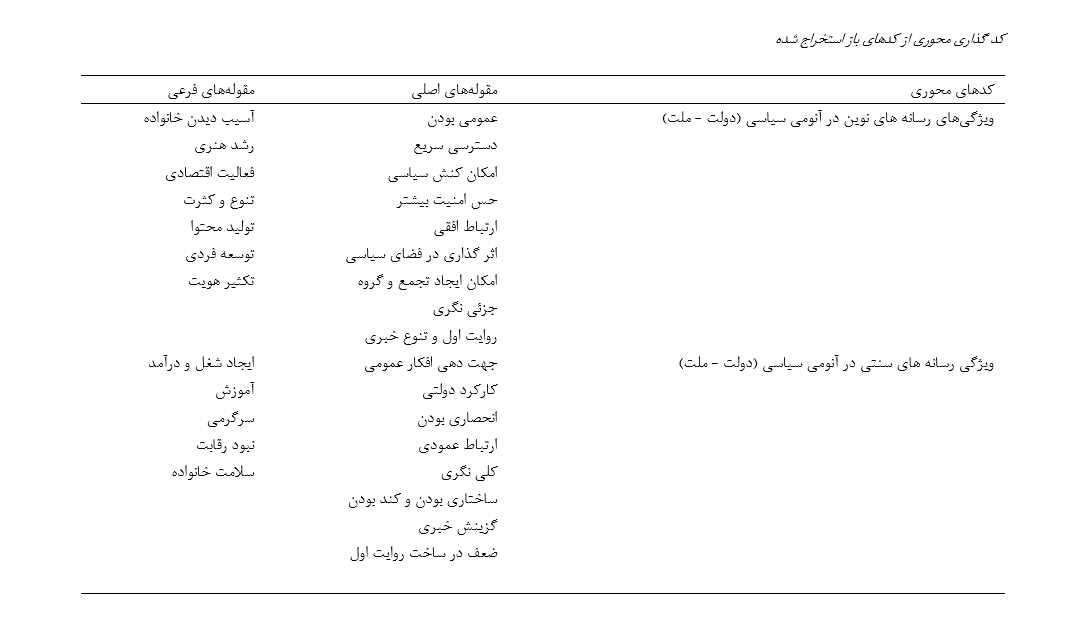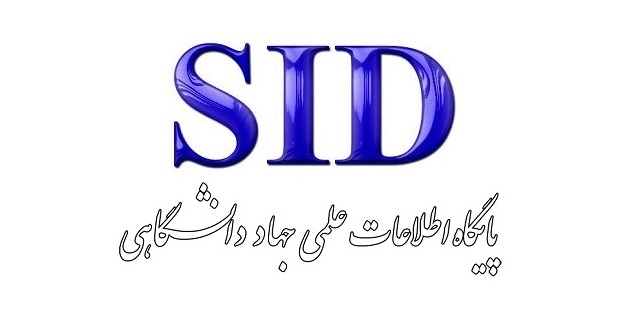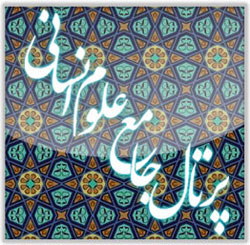The Role of National Media in Political Anomie in Iran (State–Nation): A Case Study of Bushehr Province
Keywords:
Political anomie, media, national media, social network, provincial networkAbstract
The present study aims to examine the role of national media in political anomie (state–nation) with a case study of Bushehr Province. The research methodology is descriptive in terms of its objective, applied in nature, and utilizes a combination of survey and interview methods for data collection. The statistical population includes 30 managers, experts, and media activists from Bushehr Province for interviews, alongside 378 individuals randomly selected as the survey sample based on Morgan's table. A researcher-developed questionnaire was employed to examine the variables, and the questionnaire’s reliability and validity were confirmed with a Cronbach's alpha coefficient of 0.83. Data were analyzed using Spearman’s correlation coefficient, stepwise regression analysis, and a significance level of (P < 0.05). The findings indicate a direct and positive relationship between national media and the emergence of political anomie between the state and the nation. Moreover, the study reveals that the national media, by perpetuating mass media strategies and state dependency, has reduced its influence in the public domain, leading to the substitution of social media in its place. Therefore, it can be concluded that the role of national media as a mediator between the state and the nation has diminished in its impact on public opinion. This reflects a spiritual disconnection with the national media (anomie), which may contribute to the emergence and intensification of political anomie in society, particularly among youth and future generations.
Downloads
References
Ansari, B. (2011). Media Law. SAMT Publishing.
Baran, S. J., & Davis, D. K. (2009). Mass Communication Theory: Foundations, Ferment, and Future (Fifth Edition). Wadsworth Cengage Learning.
Bashiriyeh, H. (2005). Teaching Political Science. Negahe Mo'aser.
Bourdieu, P. (2005). The Political Field, the Social Science Field, and the Journalistic Field. In R. Benson & E. Neveu (Eds.), Bourdieu and the Journalistic Field (pp. 29-47). Polity.
Castells, M. (2002). Information Era. New Design Publications.
Curran, J. M. (2011). Participating in the Conversation: Exploring Usage of Social Media Networking Sites. Academy of Marketing Studies Journal, 15(1), 21-38.
Durkheim, E. (1974). L'education Morale. Quadridge/PUF.
Giddens, A. (2011). Selections from Sociology for Undergraduate Courses. Ney Publishing.
Hoskins, A., & Olaflin, B. (2020). War and Media: The Emergence of Multiplicative Battles. Arma Publishing.
Ritzer, G. (2004). Sociological Theory in the Contemporary Era. Scientific Publication. https://doi.org/10.1177/009430610403300436
Saroukhani, B. (2012). Sociology of Communication: Principles and Foundations. Ettela'at Publishing.
Tapscott, D. (2009). Grown Up Digital: How the Net Generation Is Changing Your World (Vol. 4). Tehrani H Internet and Democracy Blog.

Downloads
Published
Submitted
Revised
Accepted
Issue
Section
License
Copyright (c) 2024 seyedmahmoud Ahmadzadeh, majidreza karimi, kourosh sarvarzadeh (Author)

This work is licensed under a Creative Commons Attribution-NonCommercial 4.0 International License.







